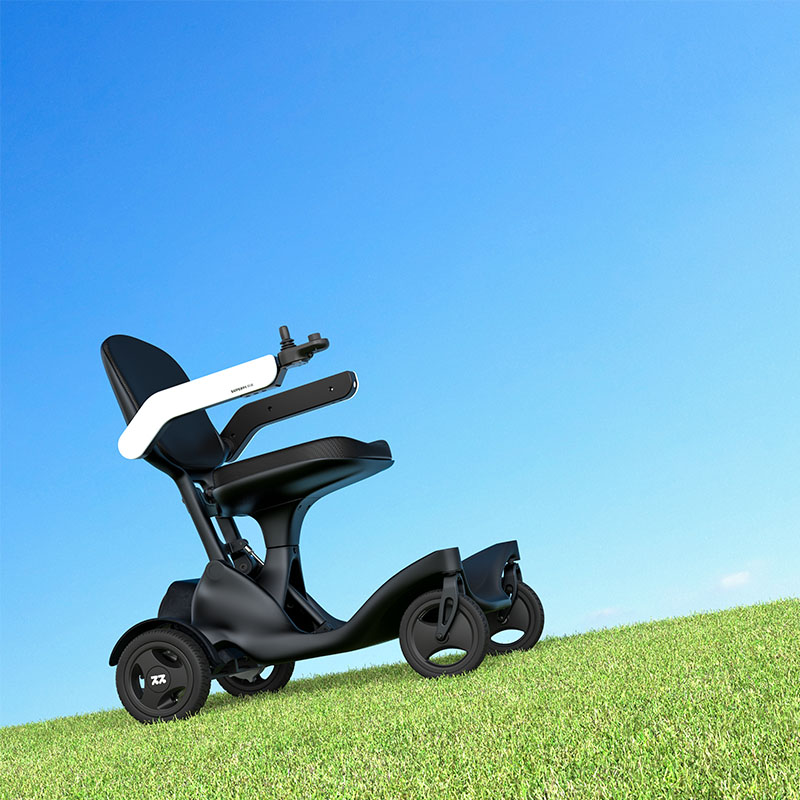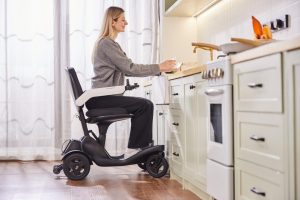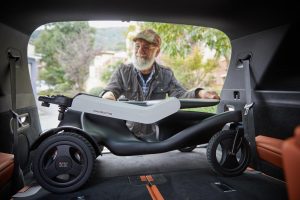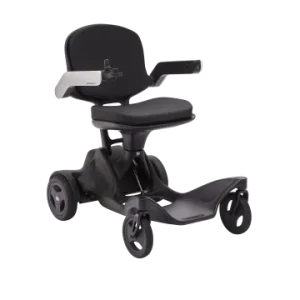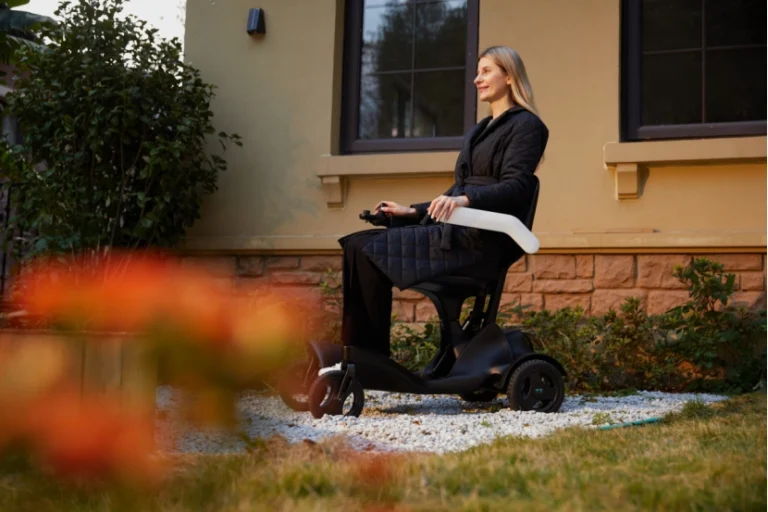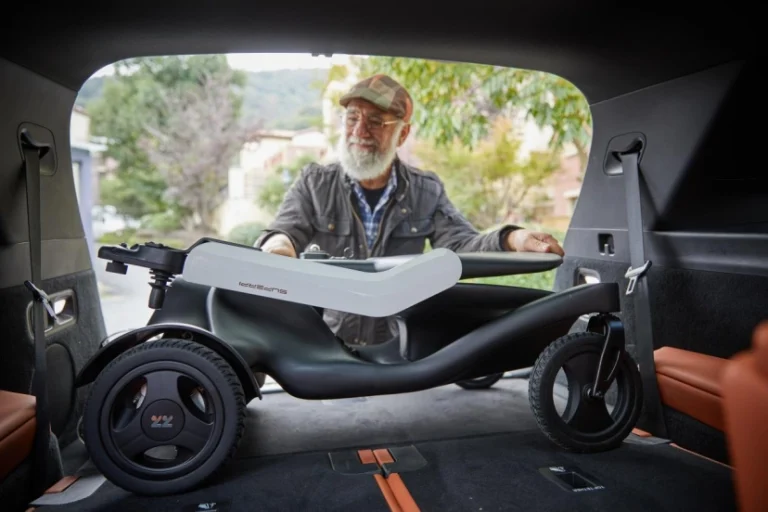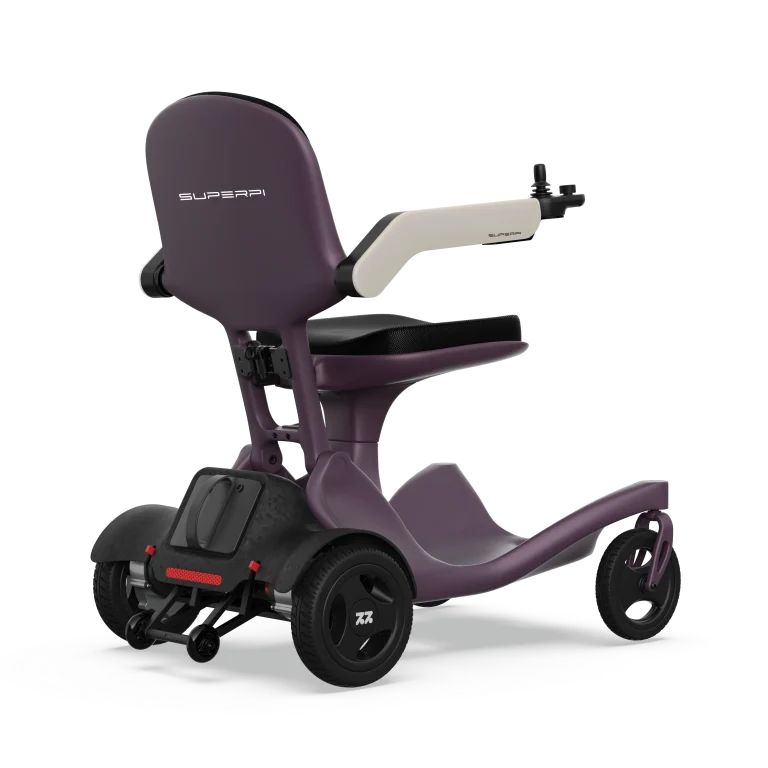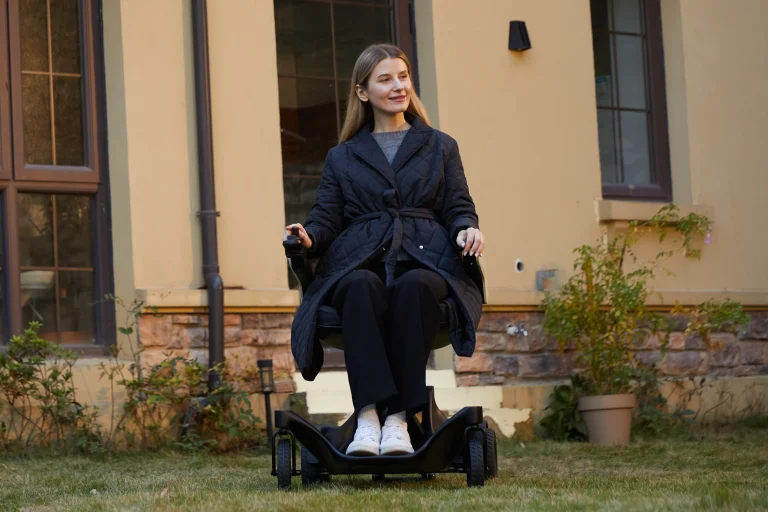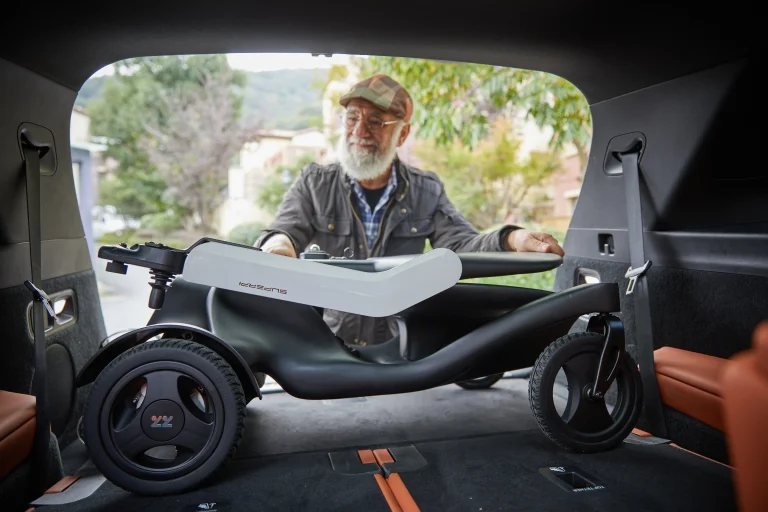Due to innovative technology, the shifting demographic backdrop, and consumer preference changes, the electric wheelchair market demonstrates noteworthy growth over the forecasted period. Growing demand comes with increasing elderly populations across the globe, along with mobility impairments. Demand is being placed on lighter, foldable, easy-to-operate electric wheelchairs that will improve their adoption and utilization. By 2025, the market is expected to surpass USD 2 billion, while growing at a CAGR of 6.2%, driven by innovation and a focused approach toward user-centric features, catering specifically to the needs of elderly and mobility-impaired individuals.
Key Factors Influencing Market Growth
1. Aging Population and Changing Lifestyle Preferences
The global population of people above 65 years of age is increasing at an unprecedented rate. The United Nations estimates that by the year 2025, there will be about 1.5 billion people aged 60 or older, with over 70% living in urban areas. A fair share of these elderly individuals has impaired mobility due to arthritis, neurological conditions, or other natural causes related to aging. This trend in demography drives demand for mobility solutions that promise independence by enabling seniors to continue with social, physical, and recreational activities.
But the modern senior has lost interest in traditional cumbersome mobility aids. A growing desire exists for solutions that are compact, lightweight, and aesthetically pleasing, fitting into active, independent lifestyles. It is not just about comfort; it is about choice and dignity. Seniors today want mobility aids that reflect their need to stay autonomous, and electric wheelchairs that are lightweight, foldable, and easy to transport are fast becoming popular.
2. Technological Advancements in Electric Wheelchairs
Within the last decade, there has been immense development of electric wheelchairs through the use of new technologies. With the continuous improvement of batteries, motors, intelligent control systems, and material studies, the wheelchairs now offer high performance, long use, and ease of operation. The manufacturers are also concerned with light construction through the use of advanced materials like aviation aluminum and carbon fiber-strong yet light. These advancements make electric wheelchairs usable for more extended periods and across various environments, from outdoors to crowded indoor spaces.
3. Shift Towards Smart, Autonomous Mobility Solutions
The rise of smart mobility is another defining trend that can be seen within the context of the electric wheelchair market. With artificial intelligence (AI) and sensor technologies, it has become possible to install collision avoidance, automatic braking, and self-diagnosis capabilities on wheelchairs. These features increase the safety and autonomy of the user, especially for seniors or those with cognitive impairments. This shift toward autonomous mobility solutions will finally enable people to get around spaces without the need for constant external assistance and will reduce their dependence on caregivers.
Furthermore, electric wheelchairs are now more often coming with the ability to connect to one’s smartphone in order to check on battery life, modify settings, and even observe patterns of use through applications. This technological evolution not only enhances user experience but also extends the lifespan of the wheelchair by providing valuable data for maintenance.
The Role of Compact, Lightweight, and Foldable Designs
The demand for lightweight and foldable electric wheelchairs is basically governed by the need for portability. Many seniors and people with mobility impairments live in smaller spaces or have to travel frequently for medical appointments, family visits, or social activities. Being able to fold and store a wheelchair in a car trunk or small apartment is a major selling point. As the living space in cities shrinks further and transportation options diminish, the demand for compact, easily stored, and transportable mobility aids will only continue to grow.
Lightweight Design for Enhanced Mobility
The most sought-after feature for an electric wheelchair is its lightweight construction. The move toward using advanced materials has resulted in wheelchairs that can be as lightweight as 20-25 kg-including batteries-with no compromise on strength or functionality. This allows users to maneuver easily, navigate tight spaces, and even lift the chair into the trunk of a car without assistance. The lightweight design ensures that users, especially seniors, can retain a sense of autonomy while maintaining their mobility.
Foldability: The Practical Advantage
Other factors contributing significantly to the demand are foldability: Electric wheelchairs are now designed with easy-folding mechanisms that enable them to fit into car trunks or be stored in tight living spaces. Generally, the folded size is usually around 20-30% of the wheelchair’s original size, thus making users independent enough to go places. This feature particularly appeals to people who love traveling but hate the headache of carrying those big, bulky wheelchairs along.
Aesthetic Appeal: Modern, Sleek Designs for the Active Senior
Besides functionality, aesthetic appeal has become an important consideration for wheelchair users. With modern consumers showing an increasing desire for products to be both functional and stylistic, the electric wheelchair market has been seeing a shift toward sleek, modern designs that complement the lifestyle of today’s elderly and mobility-impaired consumers. Manufacturing companies are trying to make them more appealing by adding fashionable finishes, options for color customization, and even sleek, compact frames to attract this particular demographic that needs a product with both style and performance. These design refreshes hope to break the mold of the “clunky” mobility aid and instead make electric wheelchairs hip, modern, and must-haves for active living.
Intelligent Safety and User-Controlled Features
Safety and control are top issues in the electric wheelchair market. With increased autonomous functioning of aids for mobility, ensuring the safety of a user becomes extremely critical. It is here that different high-scale intelligent features-popularly called automatic brakes, anti-collision mechanisms, and adaptive speeds-find their usual places in a number of high-end models of an electric wheelchair. These would add an additional layer of security, mainly for cognitively limited users who face difficulties during navigation under busy, unforeseeable conditions.
With the introduction of independent directional control, users of a wheelchair can drive their wheelchairs much more precisely. While on conventional wheelchairs, many have to rely on a caretaker for direction changes. In the case of motor-driven wheelchairs or electric wheelchairs, they come with mechanisms for self-steering, thereby giving the operating person full control. That is important for people dependent on independence and personal control.
The Case of the Model P2 Electric Wheelchair: A Leading Example
The Model P2 Electric Wheelchair by Super Pi Robot wraps all these trends into one package: lightweight, foldable, aesthetic, and advanced technologically. Weighing only 20.5 kg without the battery, the Model P2 is an ultra-light mobility solution for those people needing portability without giving way to performance.
Key features of the Model P2 Electric Wheelchair:
Lightweight Design: With a weight of just 20.5 kg without the battery, it is one of the lightest foldable electric wheelchairs available in the market today, which is easy for users to lift and carry.
Compact and Foldable: The design is foldable, hence comfortably fitting in a car trunk. Therefore, it’s ideal for active users who want to travel without any hassle regarding the transportation of a big chair.
Ergonomic Seating: Ergonomically designed seat for comfort, supporting the body curvature during extended use.
Smart Safety Features: Equipped with an automatic braking system and collision detection system, it helps in keeping one safe while moving among crowds.
Powerful Motor: Equipped with dual 250W brushless motors, Model P2 will be able to pass through obstacles as high as 5 cm and climb slopes as steep as 10° without much problem, thus providing good versatility on different surfaces.
Market Trends in Key Regions: The Rise of Electric Mobility Solutions
The growing demand for electric wheelchairs is not restricted to developed markets like North America and Europe. In regions like Asia-Pacific, specifically China and India, the demand for affordable and practical mobility is increasing. The growth of the aged population and improving healthcare infrastructure of these economies also present a very good opportunity for the manufacturing companies in these regions. Super Pi Robot plans to offer its lightweight, foldable, and reasonably priced wheelchair models targeted at the growing populations of elderly people in emerging markets.
Middle East Market Insights
The Middle East is yet another attractive market, offering a rapidly aging population with increasing healthcare investments in general. For example, both UAE and Saudi Arabia focus on healthcare reforms and enlargement of elderly care services. That was an excellent opportunity for exposing Model P2 Electric Wheelchair in front of regional distributors and health caretakers in Dubai at Arab Health 2025.
Conclusion: The Future of Mobility for Seniors and Those with Limited Mobility
By 2025, the electric wheelchair market will continue to evolve, with a focus on lightweight design, foldability, intelligent safety features, and aesthetic appeal. Consumers are increasingly demanding mobility solutions that offer not only functional benefits but also an element of independence and personal empowerment. With innovations such as the Model P2 Electric Wheelchair, manufacturers are responding to these demands with products that combine advanced technology, user-friendly features, and elegant designs.
Products answering the needs of independent seniors will be common and even gain increased interest due to the rapid aging observed in the global populace; thus, there is an expanding market for electrical wheelchairs. So now, Super Pi Robot, with its modern design, introduces a trend-shaping Model P2 for a future approach toward mobility solutions.

